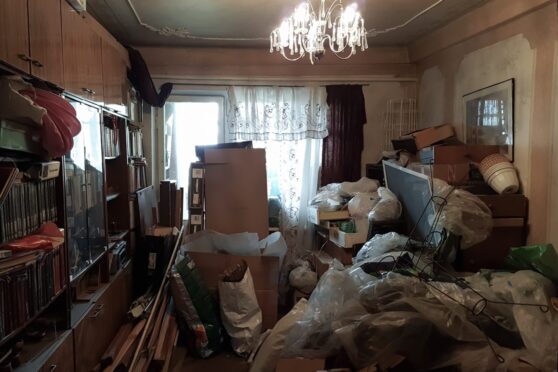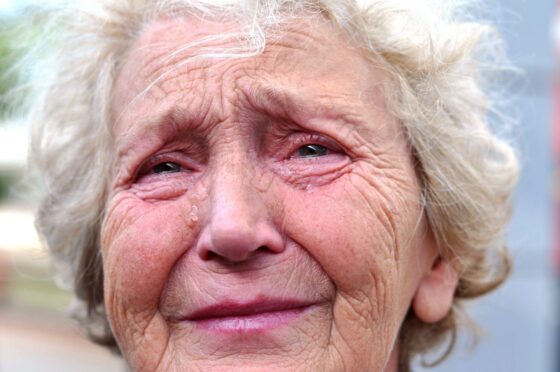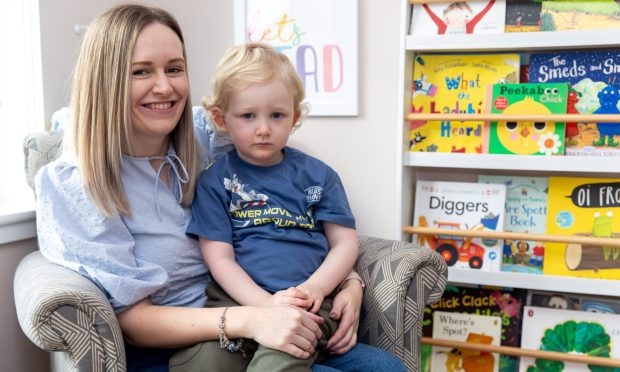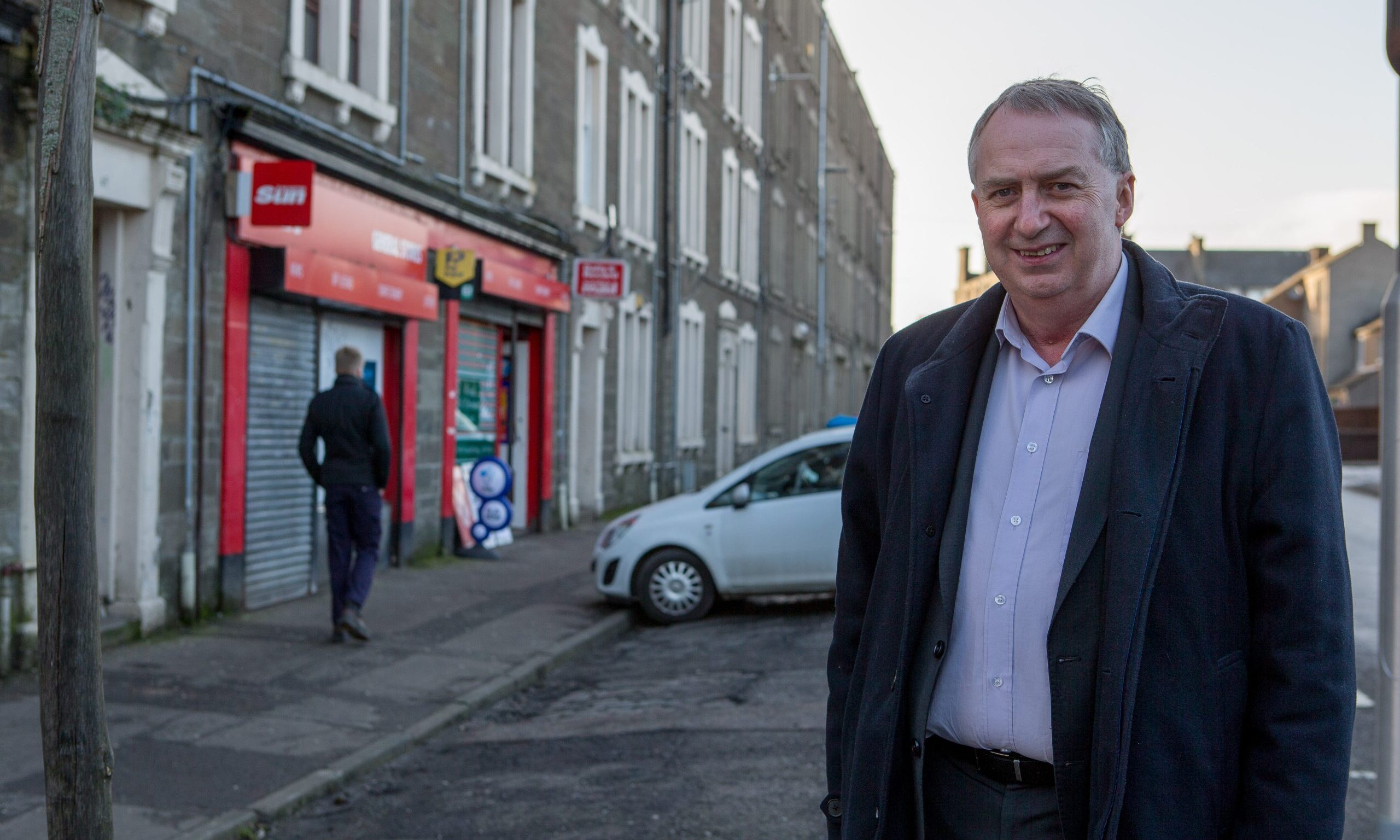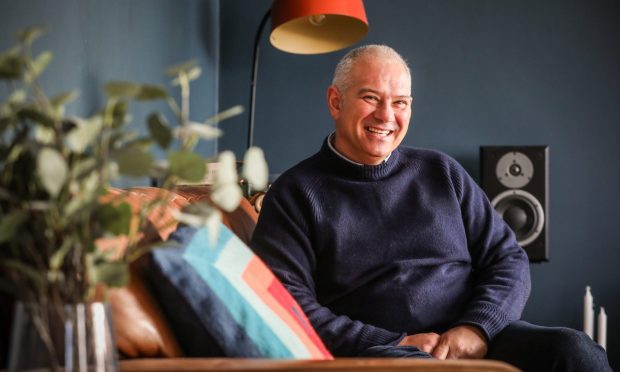The issue of hoarding is one that, historically, is very misunderstood. Thought of by many as a choice, it’s now recognised that hoarding is a far more complex issue.
-
Some Courier online content is funded by outside parties. The revenue from this helps to sustain our independent news gathering. You will always know if you are reading paid-for material as it will be clearly labelled as “Partnership” on the site and on social media channels,
This can take two different forms.
“Presented by”
This means the content has been paid for and produced by the named advertiser.
“In partnership with”
This means the content has been paid for and approved by the named advertiser but written and edited by our own commercial content team.
For example, 92% of people with hoarding disorder have a co-existing mental health condition, and hoarding is more common than both OCD and Schizophrenia combined.
National Hoarding Awareness Week
It’s facts like these, along with where and how to get help and support, that Fife Council Adult Support and Protection Committee want to highlight this Hoarding Awareness Week.
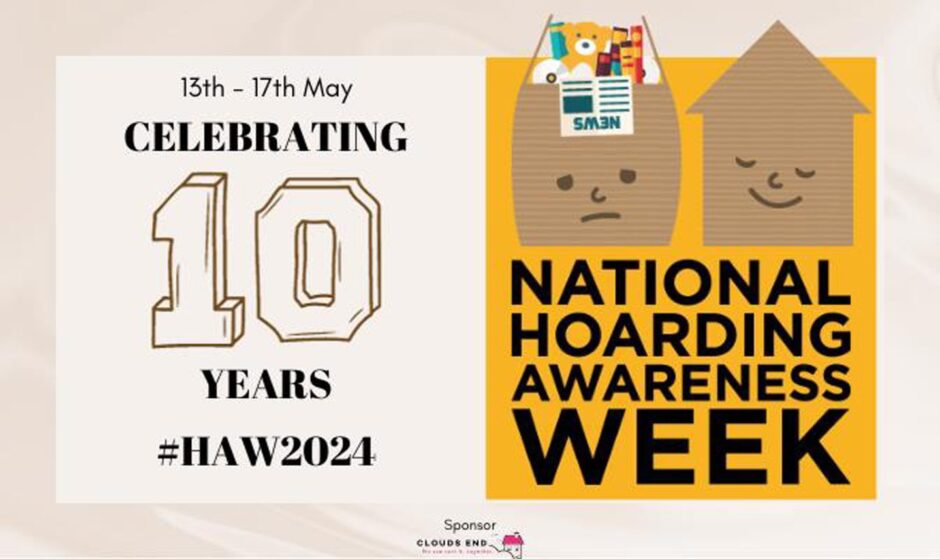
This year marks the 10th Hoarding Awareness Week. To mark the decade, national organisers are keen to focus on recognising how much more is now known about the disorder, and what additional awareness can do to help those who have the condition.
Current research shows awareness and early intervention are key in tackling hoarding behaviour. It also highlights that resolving the issue is more complex than just clearing clutter from a home of someone who has the disorder.
But where can you go for help if you are concerned about a friend, neighbour, or family member?
Supporting people with hoarding disorder in Fife
Adult Support and Protection Services play a key role in identifying and supporting those with hoarding disorder.
Ronan Burke, adult support and protection co-ordinator for Fife Council, explained more.
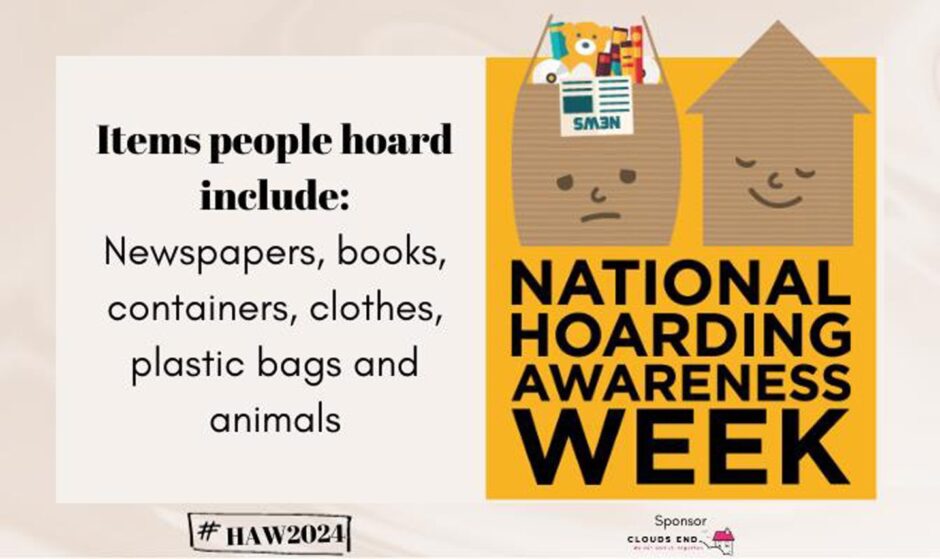
He said: “Our Adult Support and Protection Committee recognises hoarding as an increasingly prevalent type of harm.
“People can be living with it for decades before it comes to anybody’s attention, and knowing what signs to look out for can get people the right support early and make a big difference to their quality of life.
“Hoarding isn’t a choice. It affects 2%-5% of the UK population. With the right support an individual can make a significant impact on their wellbeing and lifestyle, reducing the risk of fire, illness and other dangers.
“Addressing hoarding can positively impact social relationships, reduce isolation, and be a big benefit to overall mental health and wellbeing.”
So how is hoarding behaviour, and the scale of it, correctly identified?
Identifying hoarding behaviour
Everyone has different opinion on what constitutes a cluttered home. For some, a small pile of things in the corner of an otherwise well-ordered room constitutes serious clutter.
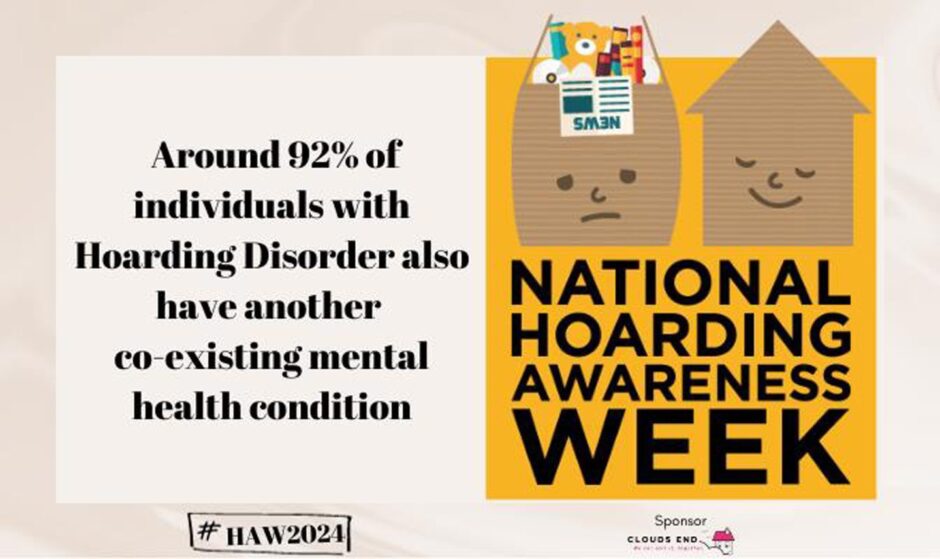
For others, only when it gets to a stage of a narrow pathway out of a room means clutter registers. If you are concerned that someone’s clutter is becoming unmanageable, get in touch with the Adult Support and Protection line, who are there to help.
Ronan explained that professionals use a clutter scale to support a consistent assessment of hoarding: “There is a toolkit that shows pictures of the different scales of hoarding, moving from small amounts of clutter toward more problematic hoarding.
“This can be used with the person living with the clutter to support a shared understanding of the situation and can open a conversation about the right support for them at a pace they find comfortable.
“Often hoarding can start by taking over one room, then it can move to another, and another. That’s when it really becomes problematic.
“In the most extreme cases, people may get to a point with hoarding where they don’t have access to any running water, they’re not able to cook in their kitchen or they’re not able to use their bathroom because the hoarding has taken over every aspect of their life.
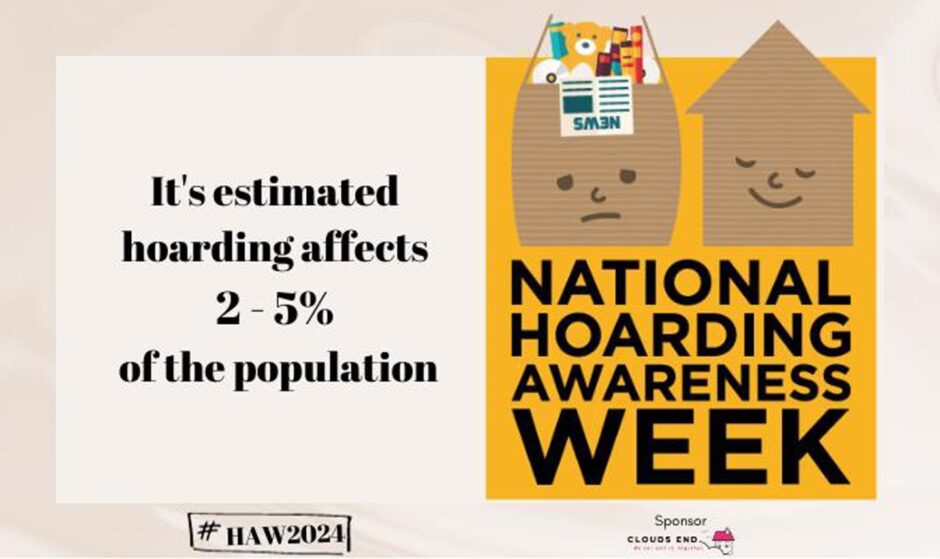
“Hoarding can feel overwhelming to the individual, and they may not feel able to ask for support. We work with people, respecting their views and wishes, and recognise that it is important to support people at a pace and in a manner that is comfortable for them. This is a priority in our work with people experiencing hoarding.”
How to help someone with hoarding disorder
While hoarding is complex, Fife’s Adult Support and Protection Services are there to help.
Ronan added: “The pace of support is important when helping someone who has hoarding disorder. That’s why we take time to develop a relationship with the person and to understand what might be underlying their hoarding. We link in with other professionals to ensure that the right support is available and meets the individual need of the person.
“Early intervention is key to helping people overcome hoarding behaviours, but a referral can be made at any time to initiate that support. If you know someone who could benefit from our help, please contact us.”
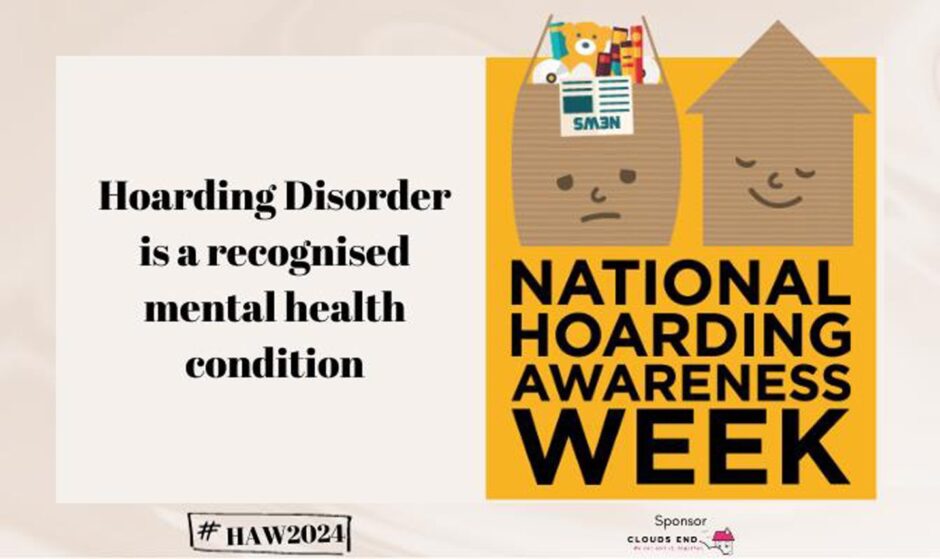
Taking a proactive approach at Fife Council
Fife Council Adult Support and Protection Committee has been taking a proactive approach to tackling the issue of hoarding, as Ronan explained: “We’ve linked in with the Hoarding Academy led by Linda Fay.
“Linda provides hoarding intervention training for all our front-line practitioners. This is to raise awareness of how you should intervene and gives our practitioners a trauma-informed approach to working with people who hoard.
“This is an initiative we’ve introduced over the last couple of years. It’s been very well received, and our front-line practitioners have found it very helpful.”
Ronan added finally: “When it comes to supporting people who hoard we would urge that if you ‘see something, or hear something, say something’.
“If you think someone is at risk from hoarding you can call the Adult Support and Protection Line on 01383 602200 or 999 in an emergency.”
If you are worried about someone, contact Fife Adult Support and Protection Services. Follow Fife Council on Facebook or Instagram for up to date information and advice.
You can also call the Adult Protection Phone Line on 01383 602200.
